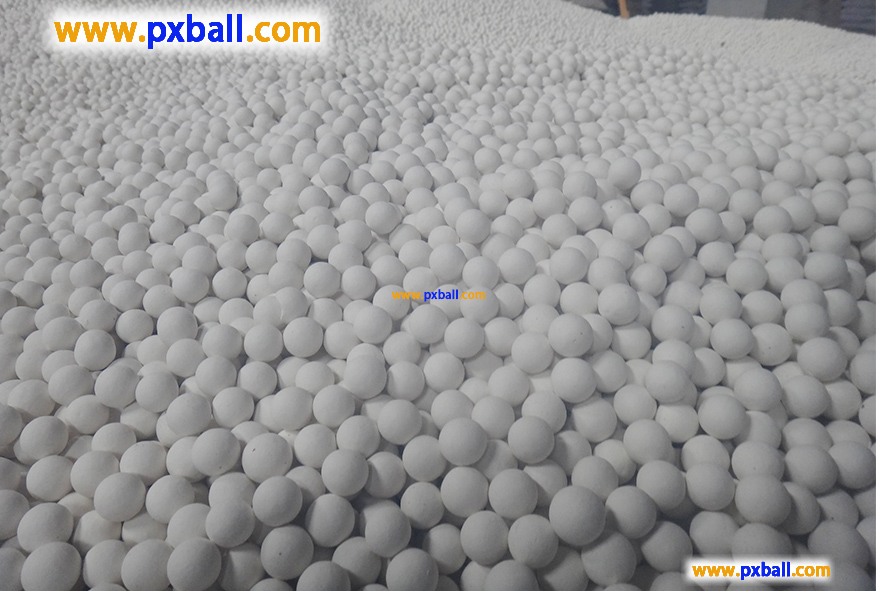
Catalyst inert ceramic packing process
1. Preparations before filling
Ceramic ball inspection: Conduct a comprehensive inspection of the ceramic balls to ensure their size and shape meet the requirements, and there are no defects such as fragmentation, cracks, or missing corners. At the same time, check whether their chemical and physical properties meet the usage conditions of the catalytic bed.
Catalytic bed cleaning: Thoroughly clean the internal part of the catalytic bed to remove debris, dust, rust, etc., to avoid these impurities affecting the filling effect of the ceramic balls and subsequent catalytic reactions. If necessary, use a vacuum cleaner or high-pressure air for blowing.
Tools and protective equipment preparation: Prepare the tools needed for filling, such as funnels, shovels, rakes, cranes, etc., and ensure that the tools are clean, intact, and can be used normally. At the same time, provide necessary protective equipment for the operators, such as safety helmets, gloves, goggles, etc.
Formulate filling plan: Based on the structure and size of the catalytic bed and the filling amount of the ceramic balls, formulate a detailed filling plan, including filling sequence, speed, filling height per layer, etc., to ensure the orderly filling process.
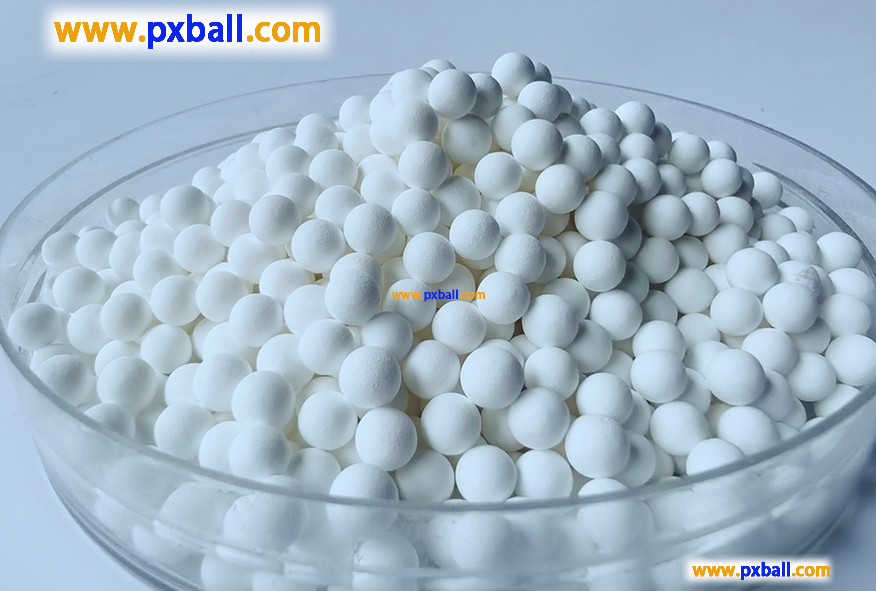
2. Filling Process
Uniform Filling: Use the method of multi-point uniform feeding to avoid concentrating ceramic balls in a certain area. Multiple funnels or mobile funnels can be used to achieve uniform distribution. During the filling process, use tools such as shovels to level the already filled ceramic balls continuously to ensure that the ceramic balls are evenly piled up in the catalytic bed and the flatness and uniformity of the bed layer are guaranteed.
Control Filling Speed: The filling speed should not be too fast to prevent excessive collision between ceramic balls, which may cause them to break, or uneven filling. Especially when filling a catalytic bed of a higher height, the speed should be appropriately slowed down to give the ceramic balls sufficient time to fall naturally and distribute evenly.
Avoid Mixing In: During the filling process, strictly prevent any from mixing into the ceramic balls, such as packaging materials, tool parts, etc. Once any is found, stop the filling immediately and clean it up.
Layered Filling and Compaction: If the catalytic bed needs to be filled with ceramic balls in layers, after each layer is filled, appropriate compaction should be carried out. However, the degree of compaction should be moderate to avoid crushing the ceramic balls. Special compaction tools or natural compaction through the slow injection of fluid can be used to ensure that each layer of ceramic balls is closely piled up and reduces the porosity of the bed layer.
Pay Attention to Safety: When operating personnel fill the catalytic bed, pay attention to safety to prevent accidents such as slipping and falling. When using equipment such as cranes to lift ceramic balls, strictly follow operating procedures to ensure safe lifting.
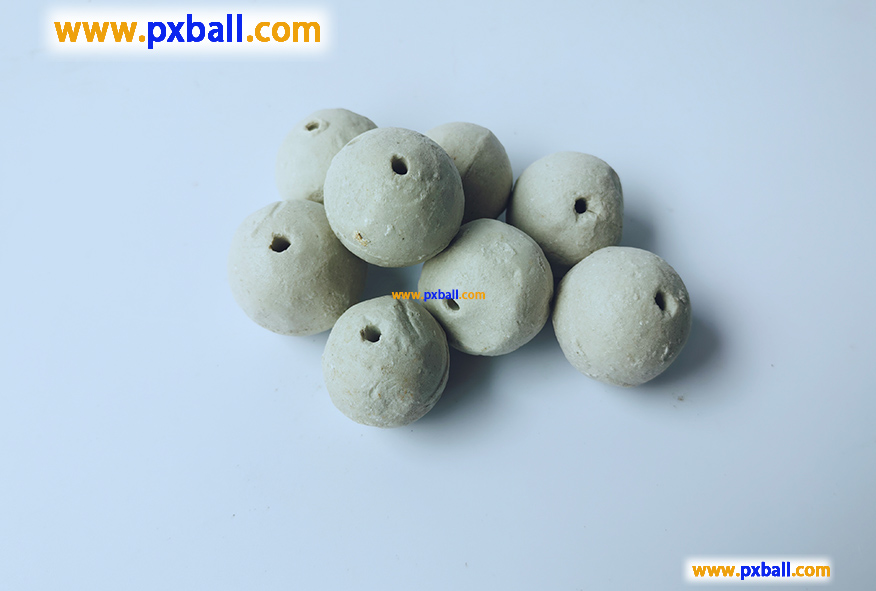
3. Post-filling Inspection
Bed height check: Verify whether the filling height of the ceramic balls meets the design requirements, ensuring that there are sufficient ceramic balls in the catalytic bed to provide support and reaction conditions. If the filling height is insufficient, it may affect the catalytic effect; if it is too high, it may increase the bed layer resistance and affect the fluid flow.
Flatness check: Inspect the flatness of the bed surface, requiring it to be smooth without obvious ups and downs. If there is any unevenness, further leveling treatment is needed to ensure uniform distribution of the fluid in the bed.
Sealing check: Check whether the inlet and outlet of the catalytic bed, as well as the pipe connection parts, are sealed properly to prevent leakage during operation, which may affect the normal progress of the catalytic reaction.
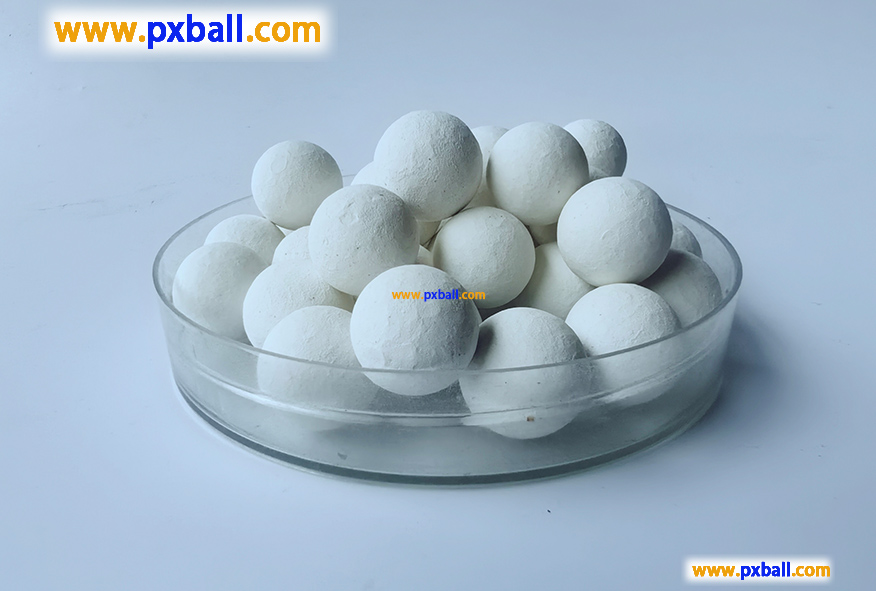

Catalyst Inert Ceramic Packing Process
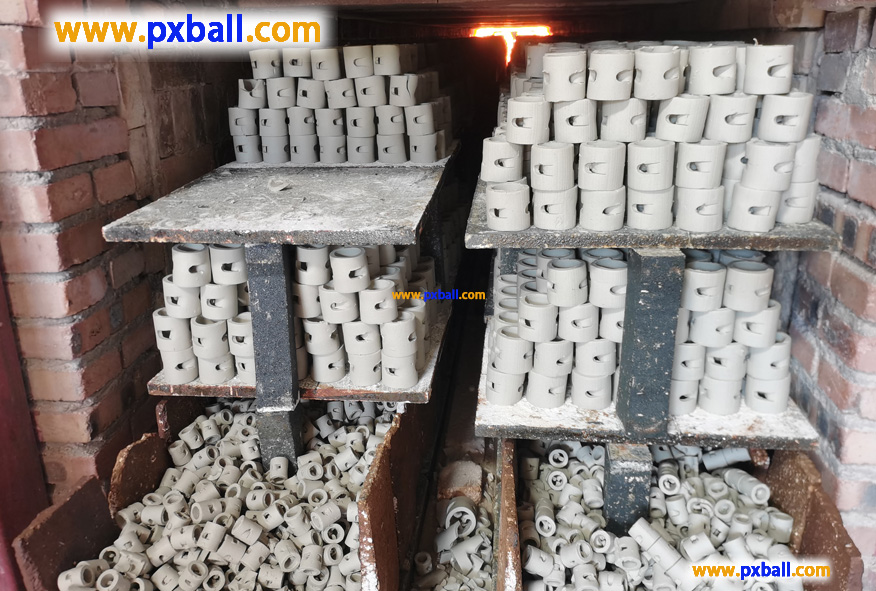
Is ceramic an inert waste?
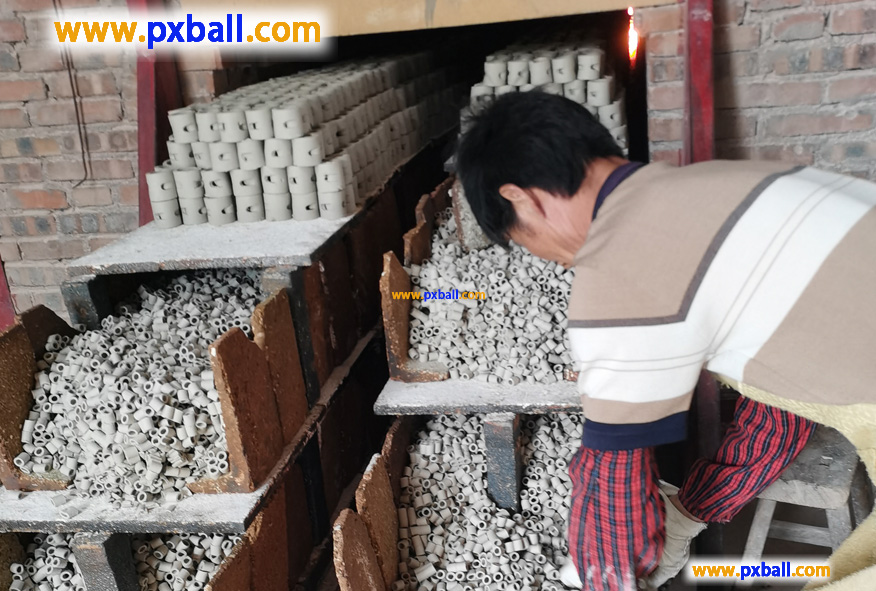
Are ceramics chemically inert?
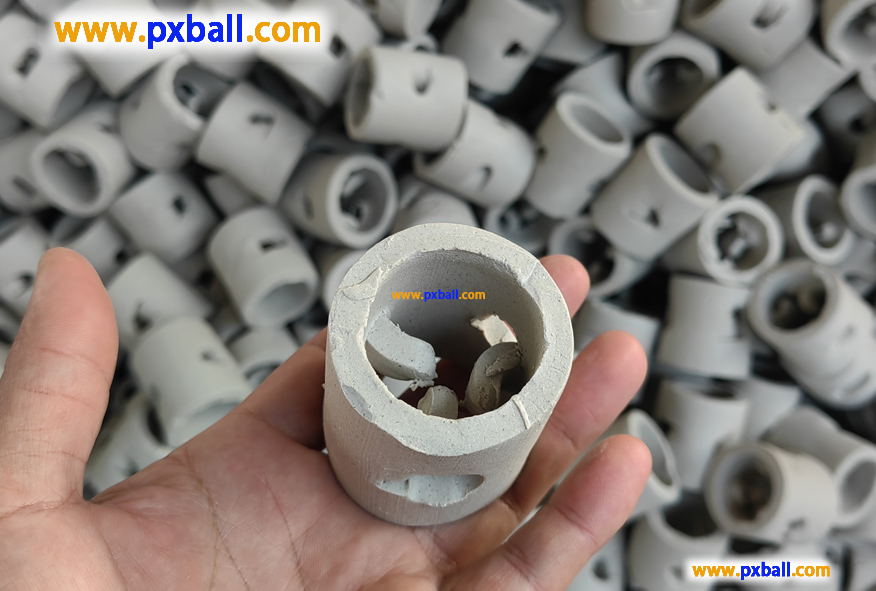
What is inert ceramics?
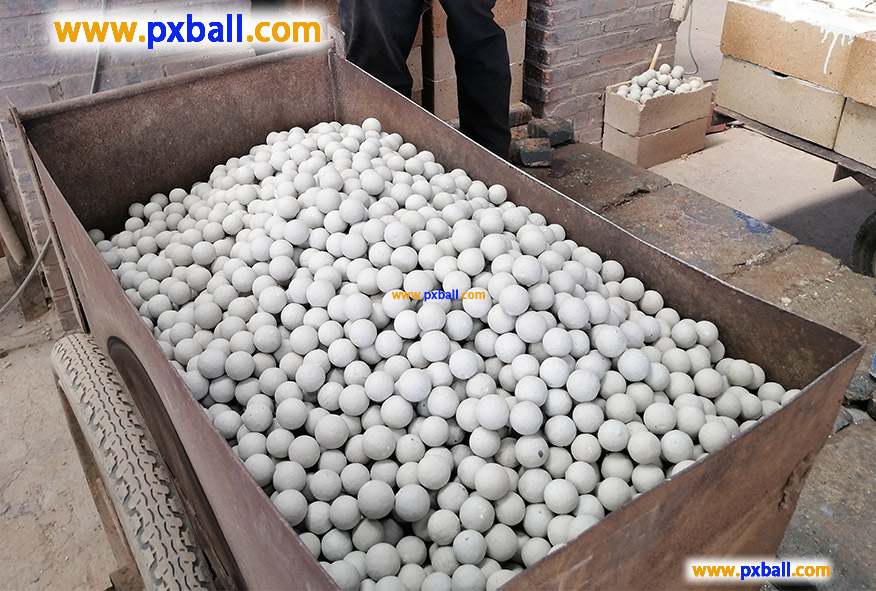
inert alumina ceramic ball density

Why do inert ceramic balls emphasize the level of aluminium content?
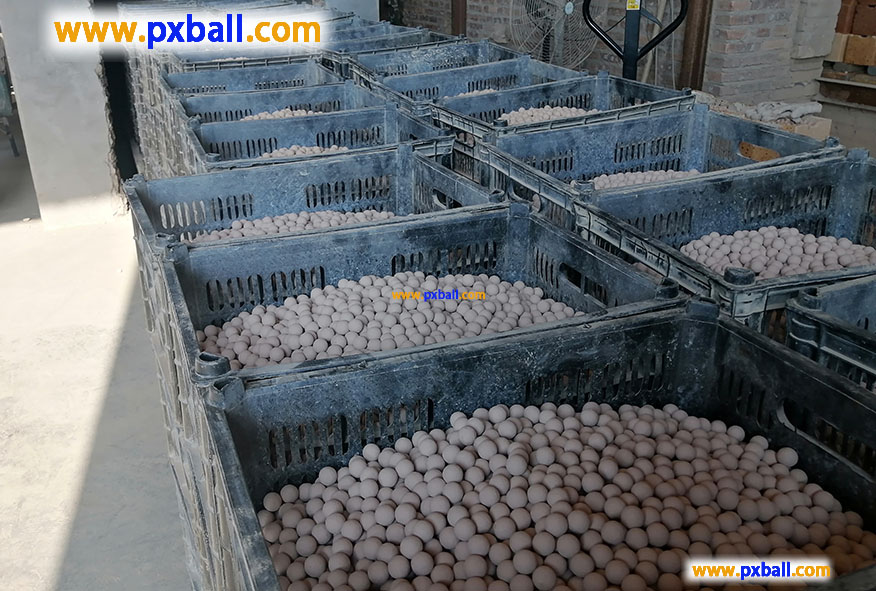
What are alumina ceramic balls used for?
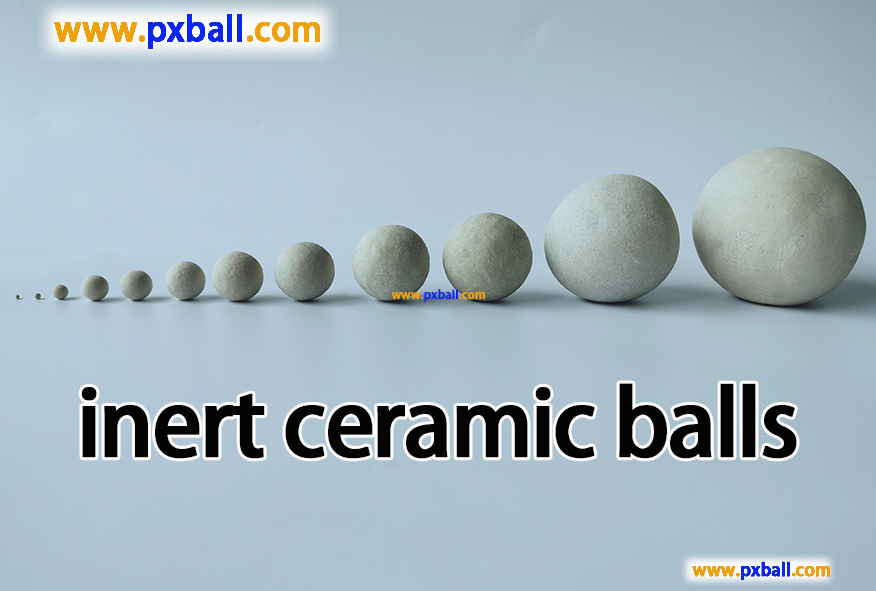
What is inert ceramic ball?